Learn how to use the ls command on Linux or Unix based operating systems.
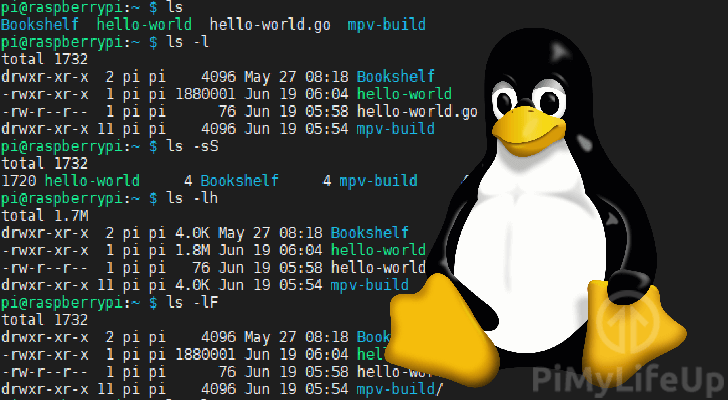
The ls command is crucial for navigating the Linux filesystem. You will quickly find that you will be making use of this command often.
Alongside cd, it is one of the very first commands that you should learn when dealing with Linux.
The ls command is used to list the files within a directory. When used without any options, this will list the files of the current working directory.
Within this guide, we will show you some of the various ways that you can put the ls command to use.
Throughout most of our Linux and Raspberry Pi projects, you will see that we often use ls.
The ls Command Syntax
The ls command uses a simple syntax that is very straightforward to remember.
All you need to do is enter ls, followed optionally by your options or the path to the directory, or file you want to list.
ls [OPTIONS] [FILE|DIRECTORY]Both arguments are entirely optional, and you can specify one without having to specify the other.
Using ls With No Options
The easiest way to make use of the ls command, is to use it without specifying any additional options.
You will get a list of all the files in the current working directory when you don’t specify any options.
$ ls
bin boot dev etc home lib lost+found media mnt opt
proc root run sbin srv sys tmp usr varYou will only be able to view the name of the files and not any information about them.
Listing Files Within a Specified Directory
While by default, the ls command only lists the files of the current working directory. It is also possible to specify the directory.
Below we are going to give you two examples of how you can specify a directory.
The first way is to specify the directory after the command.
ls /home/piHowever, if you are using an option such as -l you will need to specify the directory after that.
ls -l /home/piMore Information From ls Using -l
To get more information from the ls command we can make use of the -l (Make sure you use a lowercase l) option.
This option tells the command that it should list out the files using the long listing format.
ls -lOut of all of the options, this is the one that you will likely end up using the most as it provides you details about each file.
The long listing format will give you seven different pieces of information about the file.
These include the file permissions, owner, group, file size in bytes, modification date, and filename.
$ ls -l
total 1732
drwxr-xr-x 2 pi pi 4096 May 27 08:18 Bookshelf
-rwxr-xr-x 1 pi pi 1880001 Jun 19 06:04 hello-world
-rw-r--r-- 1 pi pi 76 Jun 19 05:58 hello-world.go
drwxr-xr-x 11 pi pi 4096 Jun 19 05:54 mpv-buildAlongside these bits of information, the ls command also shows us the total number of file system blocks that are being used by the files in this directory.
If you would like to learn about permissions, be sure to check out our Linux permission guide.
Using the ls Command to View Hidden Files
One thing you may have noticed is that hidden files are not listed by default. A file is considered hidden in Linux whenever the file name starts with a dot (.).
To combat this behavior, the ls command has the -a option that will tell the tool to list all files.
ls -aBelow you can see how you can use the show hidden files option (-a) alongside the long list format (-l) option.
$ ls -la
total 1772
drwxr-xr-x 7 pi pi 4096 Jun 22 11:25 .
-rw-r--r-- 1 pi pi 3595 Jun 19 05:56 .bashrc
drwxr-xr-x 2 pi pi 4096 May 27 08:18 Bookshelf
drwxr-xr-x 3 pi pi 4096 Jun 19 05:58 .cache
-rwxr-xr-x 1 pi pi 1880001 Jun 19 06:04 hello-world
-rw-r--r-- 1 pi pi 76 Jun 19 05:58 hello-world.go
drwxr-xr-x 11 pi pi 4096 Jun 19 05:54 mpv-build
-rw-r--r-- 1 pi pi 807 May 27 08:10 .profile
Showing Human Readable Numbers
One thing that can become tricky to deal with is that the ls command only reports file sizes in bytes.
However, you can specify the -h option to convert the numbers into the human-readable format. This means the numbers will be converted to shorthand to make them easier to read. For example, 4096 bytes would be displayed as 1K.
For this option to be useful you will need to use it alongside the long list format option (-l)
$ ls -lh
total 1.7M
drwxr-xr-x 2 pi pi 4.0K May 27 08:18 Bookshelf
-rwxr-xr-x 1 pi pi 1.8M Jun 19 06:04 hello-world
-rw-r--r-- 1 pi pi 76 Jun 19 05:58 hello-world.go
drwxr-xr-x 11 pi pi 4.0K Jun 19 05:54 mpv-buildListing Files and Directories with More Information
You can use the -F or --classify option alongside the ls command to add additional identifiers to your listed files and directories.
Using this option, you will be able to quickly identify items listed by the ls command, such as directories and executables.
$ ls -F
Bookshelf/ hello-world* hello-world.go mpv-build/Below is a list of the symbols that will be added by utilizing this option. Reference back to this if you ever
@– The at symbol defines that this is a symbolic link or has extended attributes.*– When the asterisk symbol is shown at the end of the file, it is telling you that it is executable.=– The equals sign defines this as a UNIX socket. These are used for local communication.|– The pipe character tells us that this file is a named pipe. Named pipes are persistent pipes that last longer than the process execution.>– If you see the greater than symbol, then this file is a door. In Unix systems, these are used as a way of inter-process communication./– The most prominent symbol, the forward slash, defines that this item is a directory.
Recursively List Sub-Directories
If we utilize the -R option, we can tell the ls command to list files within any sub-directories.
This option is useful if you need to check several directories for their files.
$ ls -R
.:
Bookshelf hello-world hello-world.go mpv-build
./Bookshelf:
000_RPi_BeginnersGuide_DIGITAL.pdf
./mpv-build:
build ffmpeg mpv uninstall use-libass-custom
build_libs ffmpeg_build mpv_options update use-libass-master
clean go.tar.gz README.rst use-ffmpeg-custom use-mpv-custom
config install rebuild use-ffmpeg-master use-mpv-master
debian libass scripts use-ffmpeg-release use-mpv-release
./mpv-build/build_libs:
bin include lib share
./mpv-build/build_libs/bin:
ffmpeg ffplay ffprobe
./mpv-build/build_libs/include:
ass libavdevice libavformat libpostproc libswscale
libavcodec libavfilter libavutil libswresample
Sorting Files/Directories by File Size
If you wanted to order the files so that they are listed in order of their file size, you need to use the -S option.
This option is best used alongside the show file size (-s) option or the long list format (-l) option.
$ls -lS
total 1732
-rwxr-xr-x 1 pi pi 1880001 Jun 19 06:04 hello-world
drwxr-xr-x 2 pi pi 4096 May 27 08:18 Bookshelf
drwxr-xr-x 11 pi pi 4096 Jun 19 05:54 mpv-build
-rw-r--r-- 1 pi pi 76 Jun 19 05:58 hello-world.goSorting Files/Directories by Time and Date
It is also possible to sort files by their last modified time and date. To do this, you will need to specify the -t option.
Like the sort by file size option, you will need to be using the long list format (-l) option for these results to be obvious.
$ls -lS
total 1732
drwxr-xr-x 2 pi pi 4096 May 27 08:18 Bookshelf
-rwxr-xr-x 1 pi pi 1880001 Jun 19 06:04 hello-world
drwxr-xr-x 11 pi pi 4096 Jun 19 05:54 mpv-build
-rw-r--r-- 1 pi pi 76 Jun 19 05:58 hello-world.goHopefully, at this stage, you will now understand how to make use of the ls command and a variety of its options.
If you are ever interested in what other arguments can be used, you can make use of the man command followed by ls.
man lsYou can find out more about other commands by browsing our Linux commands category.
If you feel like there is something we missed or got incorrect feel free to leave a comment below.

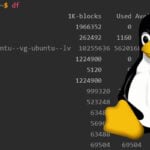
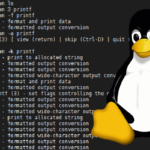
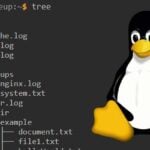
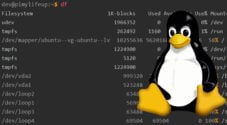
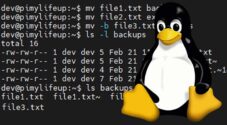
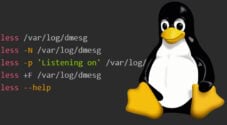
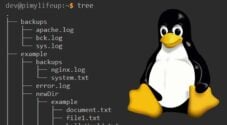
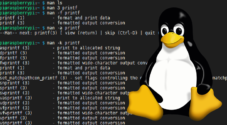

Need faster help? Premium members get priority responses to their comments.
Upgrade for Priority Support